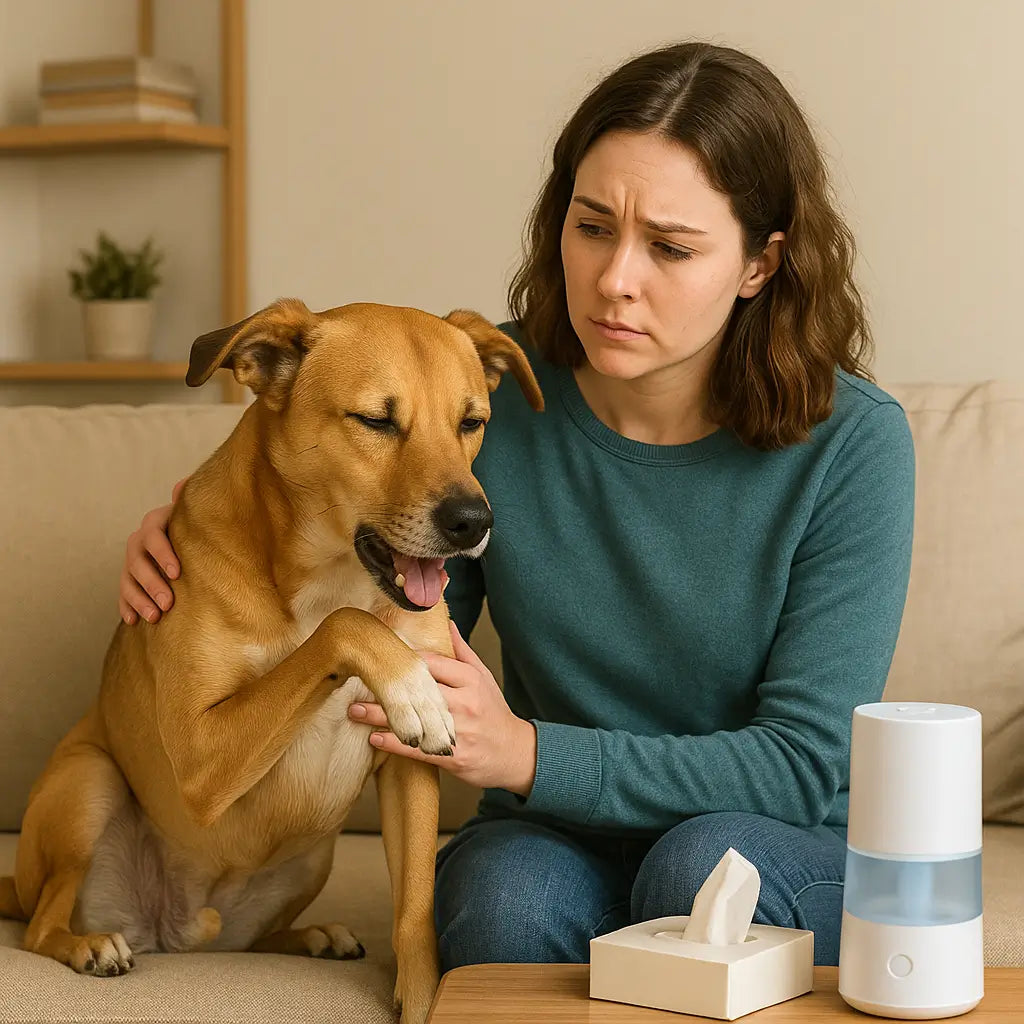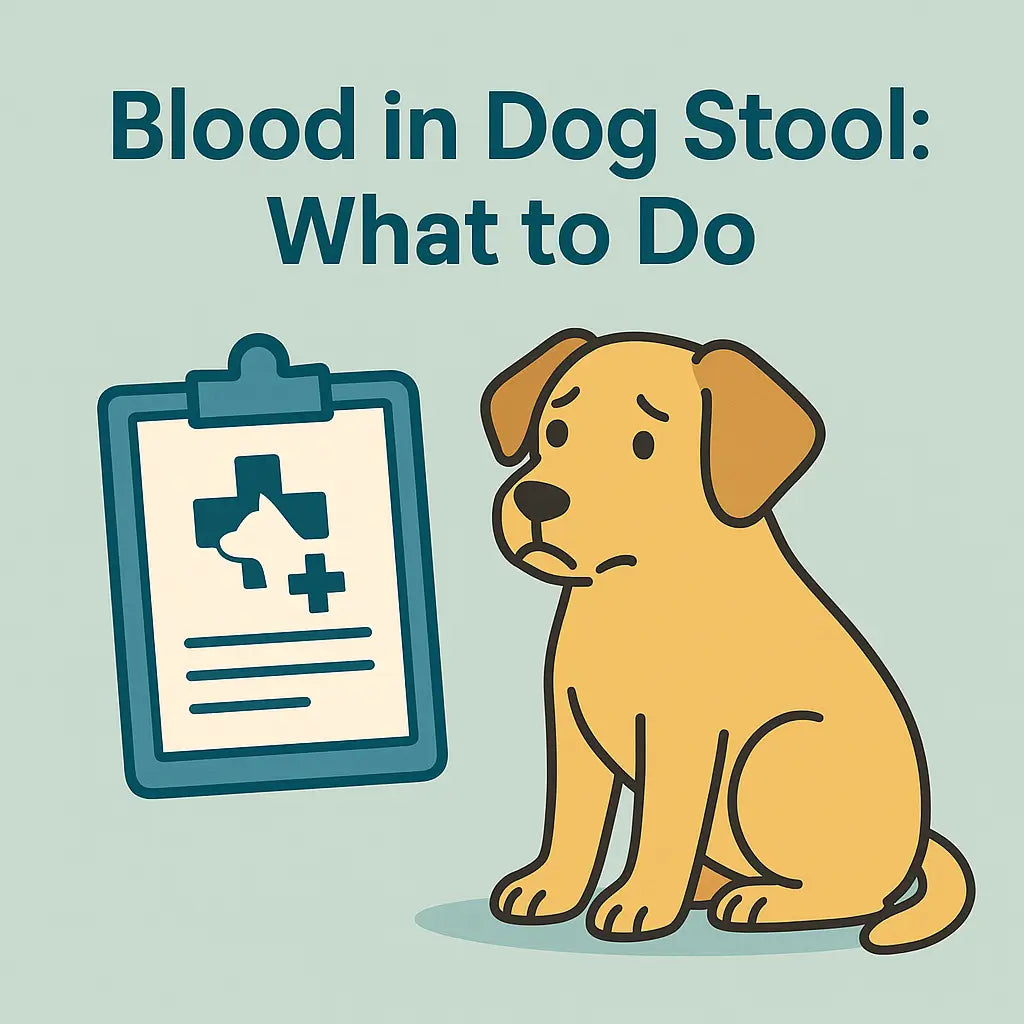“Dog limping” is a warning flag that your furry friend is in pain. Unlike humans, dogs cannot tell us what hurts, so we watch their walk. A mild limp may come on slowly (gradual onset limping) from joint disease such as hip dysplasia or elbow dysplasia. A sudden limp often means an injury like a torn nail, soft-tissue strain, or broken bones. If your dog is limping on one or more legs, limit pet walks, keep them calm, and note whether they can bear weight on the affected limb.
Emergency or Not? Same-Day Checklist
Sometimes a limping dog needs immediate veterinary attention. Head to the emergency room today if you see:
-
Dangling limb or visible bone (possible bone fracture)
-
Dog refuses to bear weight, screams, or pants from severe pain
-
Rapid swelling, bleeding, or a hot, affected leg after a pet walk
-
Sudden limping with fever—think tick-borne infectious diseases
-
Paralysis, dislocated joints, or a car strike
For a mild limp, phone your clinic and ask if a same-day visit is needed. The reminds pet parents that first aid—ice packs to relieve inflammation, gentle restraint to prevent further injury—buys time, not a cure. Keep your dog quiet, use a towel sling for stairs, and avoid over-the-counter human pain relievers; many are toxic to dogs. Short, leashed potty breaks only until the vet says otherwise.
The 7 Main Causes of Limping in Dogs
Limping in dogs falls into seven big buckets, each touching different breeds, ages, and activity levels:
|
Bucket |
Typical Trigger |
Fast Fact |
|---|---|---|
|
Soft-tissue sprains |
Sudden sprint, slippery floor |
Most mild limps in younger dogs resolve with rest and ice. |
|
Paw & nail injuries |
Torn nails, foxtails in the dog’s paw |
A simple paw exam solves many dogs’ pain. |
|
Ligament tears (CCL) |
Jump or twist of the knee |
30–50 % of dogs rupture the second CCL within two years. |
|
Joint disease |
Hip or elbow dysplasia, degenerative joint disease |
Obesity triples hip dysplasia risk in large breeds. |
|
Broken bones & dislocations |
Traffic accidents, falls |
Severe limping plus a dangling limb = X-ray now. |
|
Infectious diseases |
Lyme arthritis causing shifting lameness |
Lyme arthritis makes up about 25 % of reported U.S. |
|
Tumors & bone cancer |
Gradual onset lameness, swelling |
Osteosarcoma affects dogs six times more than people. |
Knowing the bucket helps you ask better questions at the veterinary visit and choose the right pain-relief plan.
Home Limp Check
Before the appointment, do a calm “nose-to-tail” check to gather clues:
-
Set up: Leash your beloved pet in good light; reward calm behavior.
-
Paw-to-hip sweep: Feel each toe pad, nail, and joint. Watch for heat, cuts, or swelling on the affected leg.
-
Compare sides: Touch the same spot on the healthy limb. A subtle thick joint or softer muscle on one side pinpoints injury.
-
Walk-and-watch: Head-bob means front-leg pain; a hip dip signals rear-leg trouble. Record a short video for your vet.
-
First aid: Apply an ice pack for 15 minutes, three times daily, the first 48 hours to relieve pain and inflammation.
The AVMA guide notes that gentle handling prevents further injury, and quick videos give vets a real-time window into the dog’s lameness. Early insight may shorten the healing process and reduce costly treatments.
What to Expect at the Vet
A thorough physical examination starts the visit. Your vet will flex each of the dog’s legs, check joint health, and may order imaging:
-
X-rays: $75–$500 per view, the first step for bone fracture or hip dysplasia.
-
Sedation & pain meds: $40–$120 to manage pain during tests.
-
Advanced scans (CT/MRI): $800–$2,000 for complex soft-tissue or bone cancer cases.
-
Surgery: Cruciate repair or TPLO is the most common orthopedic surgery in U.S. dogs; owners spent $1.32 billion treating CCL injuries in 2003 alone.
Ask about joint supplements, physical therapy, and weight management to relieve pain and speed the healing process. Many dogs improve with a mix of rest, controlled exercise, and targeted physical therapy sessions. Pet insurance or nonprofit grants can offset large bills. With early intervention, most limping dogs return to happy zoomies—protecting both their joint pain and your wallet.
First-Aid & Comfort You Can Start Now
When your dog is limping, quick home care can ease your furry friend’s joint pain until you reach professional veterinary care. First, confine activity—short leash trips only—so the affected limb can rest. Next, place ice packs on the swollen joint or soft-tissue area for 15 minutes, three times a day; after 48 hours switch to warm compresses to improve blood flow. Keep the dog’s paw clean—flush debris, trim torn nails gently, and wrap only if advised by a vet (tight wraps can cause further injury). Offer a padded bed so the dog can bear weight comfortably on one or more legs. Never give human pain relievers; many cause severe pain in the stomach or kidneys for pets. For step-by-step visuals, download the free AVMA Pet First Aid brochure, which lists safe splinting, bleeding control, and when to seek immediate veterinary attention. The Merck Veterinary Manual also notes that early pain relief speeds the healing process by reducing inflammation.
Preventing Future Limping
Most causes of limping in dogs link back to two controllable factors: weight management and safe movement. The American Kennel Club’s weight-management hub reports that even a 10 % drop in extra body fat cuts joint load by one-third—huge relief for breeds prone to hip dysplasia or elbow dysplasia. Feed a measured diet, use slow-feed bowls, and schedule daily “smart” pet walks on grass, not ice or hot pavement, to avoid sudden limping or burned pads. Before high-energy play, warm up with two minutes of leash trots; cool down after to prevent soft-tissue sprains. For sport or senior dogs, the Cornell University Sports Medicine & Rehabilitation Service shows that tailored physical therapy, underwater treadmills, and low-impact strength drills cut reinjury rates by 40 %. Ask your vet about joint supplements with omega-3s or green-lipped mussel; early support can delay degenerative joint disease in younger dogs and small dogs alike.
FAQs
Why is my dog limping but not crying?
Dogs are experts at masking pain, so a limping dog that stays quiet can still have joint pain, a soft-tissue strain, or a small fracture. Watch whether your dog can bear weight on the affected limb and schedule a physical examination if the limp lasts longer than 24 hours.
Can hip dysplasia cause gradual limping?
Yes. Hip dysplasia makes the ball-and-socket joint loose, leading to gradual onset limping and stiffness, especially in large or fast-growing breeds. Early X-rays, weight management, and vet-approved joint supplements slow the damage and relieve pain.
Should I walk my dog if it’s limping?
Keep walks short, slow, and on level ground until your vet says it is safe. Too much exercise can turn a mild limp into severe pain or ligament tears, adding weeks to the healing process. Leashed potty breaks protect the joint and prevent further injury.
Conclusion
-
Limping = pain until proven otherwise—early action protects your beloved pet from severe limping or broken bones.
-
Do a calm five-minute home check, use ice to relieve inflammation, and videotape the gait for your vet.
-
Red flags—dangling limb, inability to bear weight, or sudden swelling—mean immediate veterinary attention.
-
Weight control, nail care, warm-ups, and joint supplements keep joint health strong and prevent many dogs from developing chronic lameness.
-
Follow veterinary advice on physical therapy; studies show structured rehab can return 80 % of limping dogs to normal play within twelve weeks.












